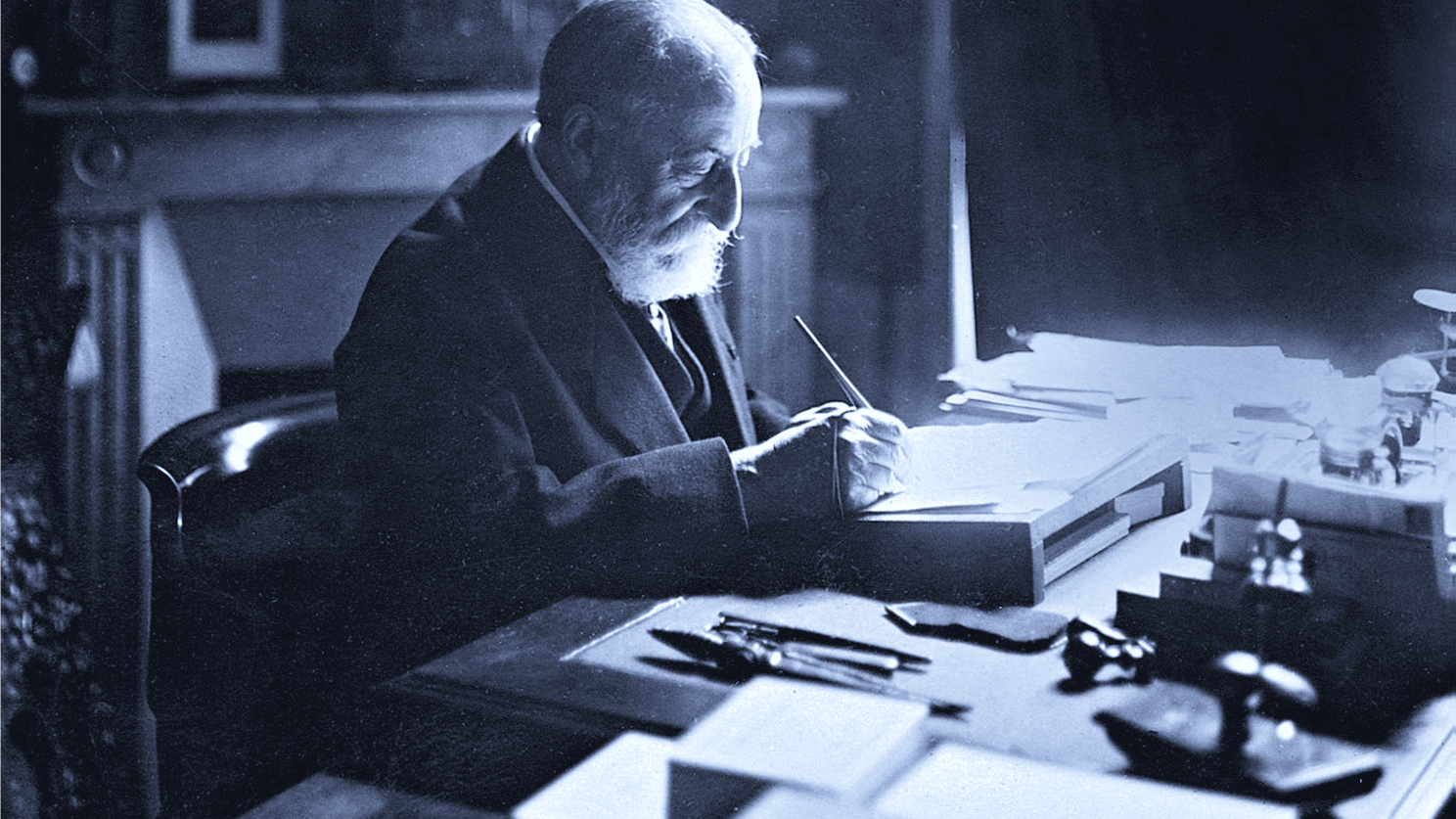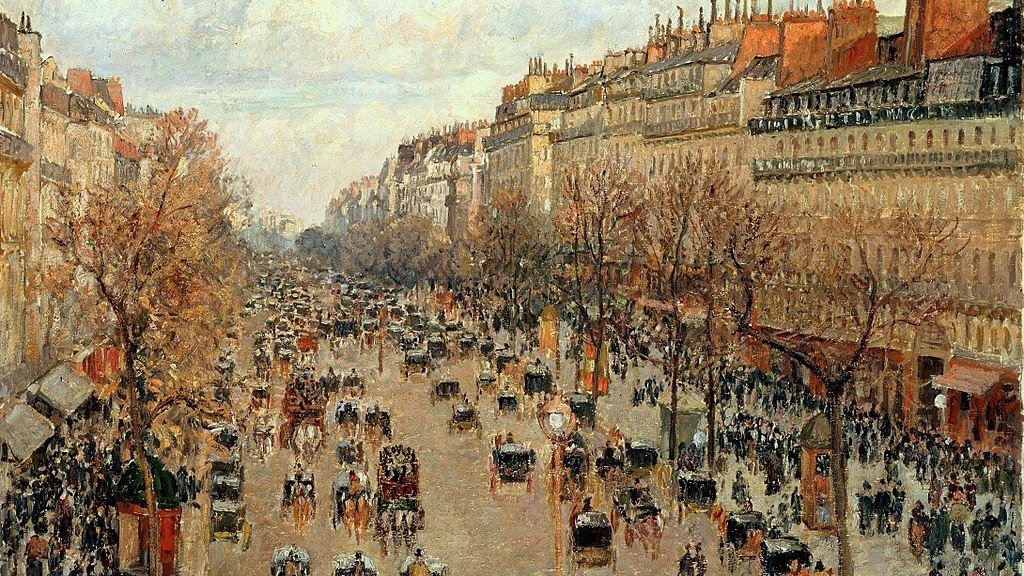Chopin’s Four Ballades: Poetry in Music
The solo piano Ballade originated with Frédéric Chopin. In the early nineteenth century, the title carried literary connotations. In his Henle forward, the musicologist Norbert Müllemann defined the folk ballade as “a strophically-constructed poem that described a dramatic, often also a demonic or mystical scenario within a comparatively restricted frame.” Robert Schumann suggested that Chopin was influenced by the work of the Polish Romantic poet, Adam Mickiewicz. As with Chopin, Mickiewicz fled political upheaval in …







